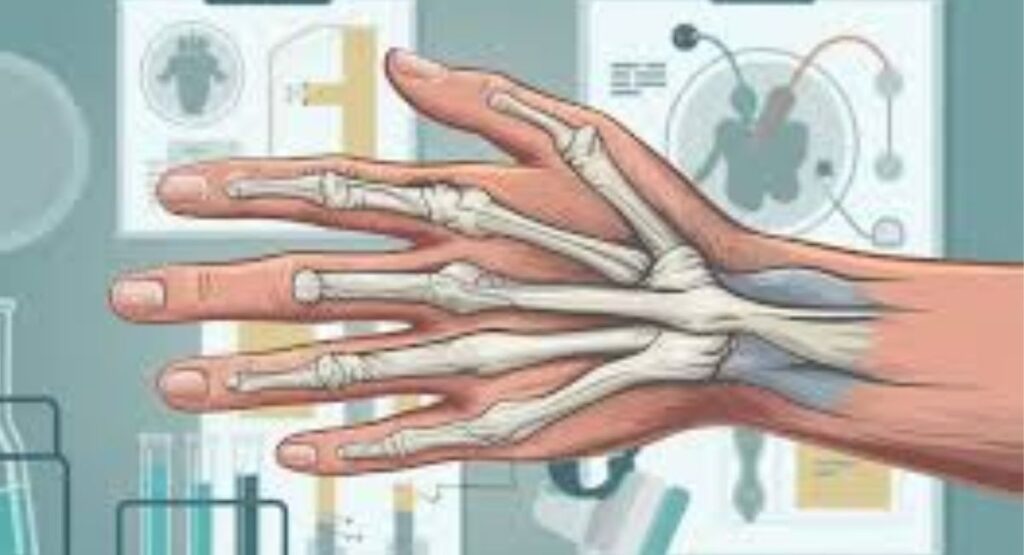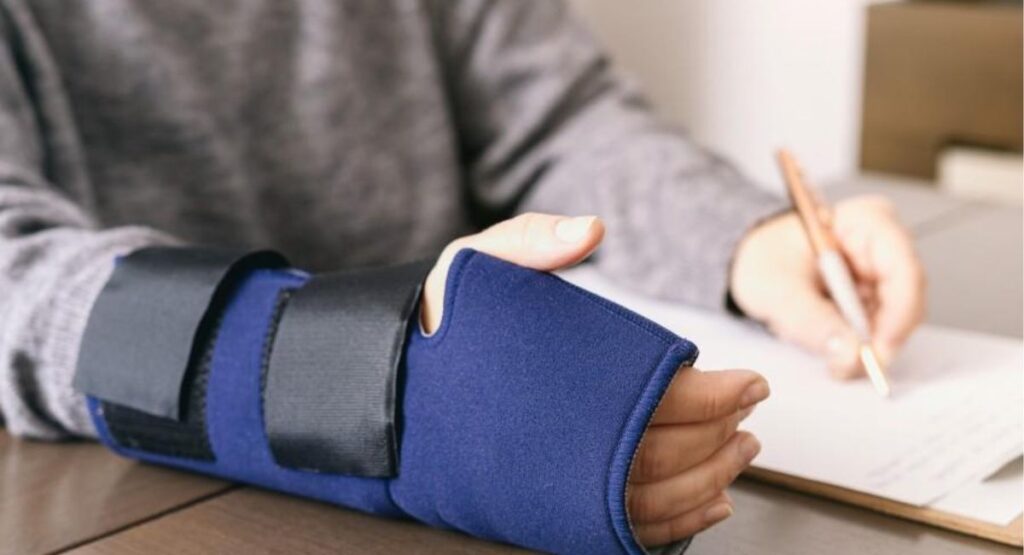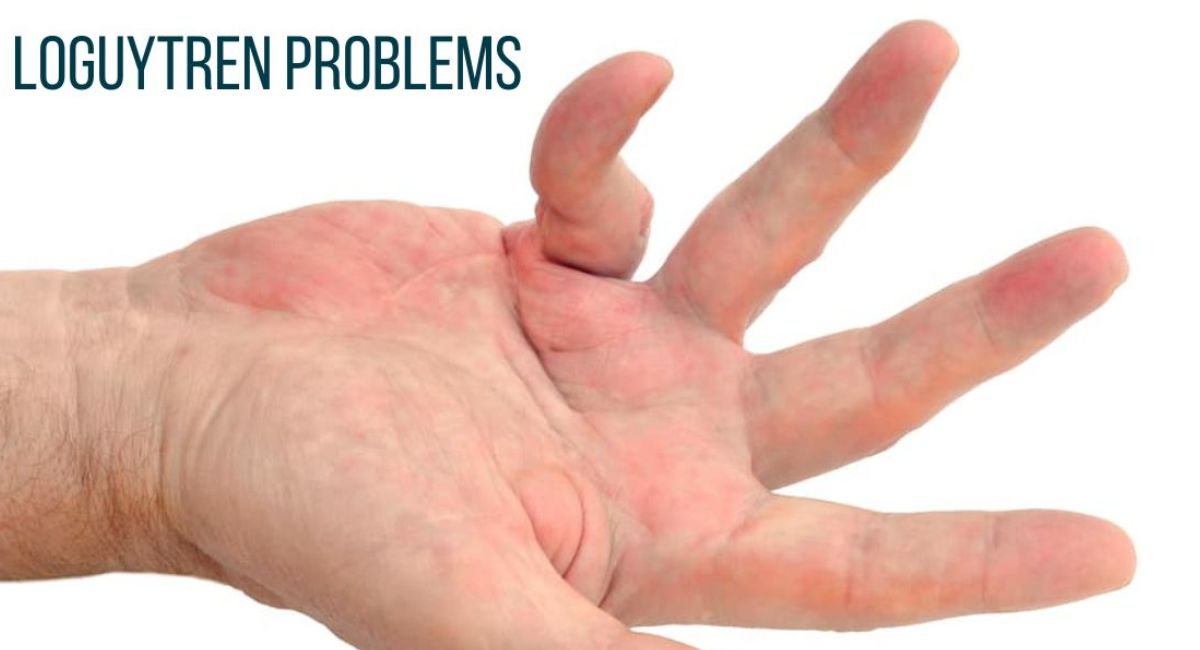Dupuytren’s contracture, also known as Dupuytren’s disease, affects the connective tissue in the palm. Over time, the tissue thickens and tightens, pulling the fingers into a bent position.
This condition often affects the ring and little fingers first. It may start with small, painless lumps on the palm. The exact cause of Loguytren problems is not fully known. However, it is linked to genetics, diabetes, smoking, and alcohol use.
Symptoms include hand stiffness, curled fingers, and difficulty straightening the hand. Treatment can involve stretching, therapy, injections, or surgery, depending on how serious it becomes.
Common Causes of Logy Problems
The exact cause of Loguytren problems remains unclear. However, it is believed to be linked to genetic and environmental factors. People with a family history of the condition are more likely to develop it.
Repetitive hand use may contribute, but it is not the sole cause. Lifestyle factors such as smoking and alcohol consumption increase the risk. Chronic conditions like diabetes are also associated with this disorder.
Symptoms of Logic Problems
The first signs include visible lumps in the palm or curled fingers. These lumps are usually painless but can gradually thicken into tight bands. As the tissue contracts, it causes loss of finger extension.
The fingers may curl inward, making it hard to open the hand fully. The condition usually progresses over several months or years. It often starts with one hand and later affects the other.
How Loguytren Problems Affect Daily Life?
Daily tasks like gripping, writing, or opening jars become harder. People struggle with hand mobility issues and fine motor skills. Shaking hands or placing the hand flat on a surface may be impossible.
For workers, tasks requiring full hand function can become difficult. This condition impacts independence, productivity, and confidence.
Treatment Options for Laryngotracheitis Problems

There is no known cure, but treatments can reduce symptoms. Non-surgical treatment for bent fingers includes stretching, physical therapy, and hand splints. These methods help maintain flexibility. In more advanced cases, steroid injections may reduce inflammation.
If the contracture of the hand is severe, surgery for finger straightening may be needed. A common procedure is needle aponeurotomy, where the thickened cords are broken to release tension.
Preventing Loguytren Problems
There is no guaranteed way to prevent this condition. However, healthy lifestyle habits can help. Avoid smoking and limit alcohol intake. Manage diabetes and other chronic health conditions.
Regular exercises for hand stiffness may improve circulation and flexibility. Early intervention can delay or stop progression.
When to See a Doctor About Leg Problems?
See a doctor if you notice a bent ring finger, lumps in the palm, or hand stiffness. Early signs of hand contracture can be subtle. A hand specialist can evaluate your condition.
Early diagnosis means more treatment options and better outcomes. Don’t wait until hand function is severely impaired.
Living with Loguytren Problems
Living with connective tissue disorders requires adaptation. Hand therapy and home exercises help maintain motion. Assistive devices can make tasks easier.
Joining a support group can provide emotional support and tips. Stay active and follow your treatment plan. With effort, you can live a full and independent life.
Risk Factors for Laryngotracheitis

Men over 50 are most at risk. People of Northern European descent often develop this Scandinavian hand disorder. Genetics play a major role. If someone in your family has had it, you might too.
Smokers and heavy drinkers are also more likely to develop symptoms. Conditions like diabetes, epilepsy, and liver disease increase risk.
Stages of Loguytren Problems
The first stage is the formation of palm nodules. Next, cords of thickened tissue form under the skin. In the final stage, fingers curl inward, and hand function loss occurs. The condition progresses at different rates for everyone. Regular monitoring is necessary.
Diagnosis
Doctors begin with a physical exam of the hands. They look for nodules and test for loss of finger extension. The tabletop test is common. If you can’t lay your hand flat, it’s a red flag. Ultrasound or MRI may be used in rare cases. These imaging tools help assess tissue thickness.
Differences Between Loguytren Problems and Other Hand Conditions
| Condition | Main Cause | Key Symptoms | Fingers Affected | Pain Level | Progression |
| Loguytren Problems | Thickening of the palm connective tissue | Bent fingers, palm nodules, hand stiffness | Mostly ring and little fingers | Usually painless | Gradual and progressive |
| Arthritis | Joint inflammation (osteo or rheumatoid) | Swelling, joint pain, stiffness, reduced range of motion | Any finger joints | Often painful | May worsen over time |
| Carpal Tunnel Syndrome | Nerve compression in the wrist | Numbness, tingling, weakness in the hand | Thumb, index, middle fingers | Can be painful | May worsen without treatment |
| Trigger Finger | Inflamed tendon sheath | Finger locking, clicking sound, pain when moving the finger | Any finger, often the thumb or ring finger | Painful when bent or flexed | Can come and go, or worsen slowly |
Complications if Left Untreated

Without treatment, curled fingers may become permanent. This leads to hand deformities and hand function. Severe cases limit independence and quality of life.
The fingers can become fixed in a bent position. Early care reduces the risk of complications.
Rehabilitation After Surgery
Recovery depends on the procedure. After surgery, physical therapy begins almost immediately. Hand therapists guide exercises to restore movement.
READ THIS BLOG: The Complete Bio of Kimber Veils: Age, Career and Net Worth
Some patients regain full function, while others may need ongoing support. How long does recovery take? It varies, but improvement is often seen in a few weeks to months.
Tips for Managing Pain and Discomfort
Here is a simple and helpful table for Tips for Managing Pain and Discomfort caused by Loguytren problems:
| Tip | How It Helps | When to Use |
| Warm Compresses | Relaxes hand muscles and softens tight tissues | In the morning or before stretching |
| Gentle Hand Massage | Increases blood flow and reduces stiffness | Daily or when hands feel tight |
| Stretching Exercises | Maintains finger flexibility and delays contracture | A few times a day |
| Ergonomic Tools | Reduces strain during daily tasks like writing or typing | At work or during heavy-handed tasks |
| Anti-inflammatory Diet | Reduces swelling and supports tissue health | As part of a daily routine |
| Wearing a Night Splint | Keeps fingers in a straighter position during sleep | Every night, or as advised by the doctor |
| Avoid Repetitive Hand Strain | Prevents worsening of tissue tightening | During daily activities |
Foods Nutrients That Support Connective Tissue Health

Eat foods rich in omega-3s, such as fish and walnuts. Vitamin C supports collagen production. Leafy greens and berries help fight inflammation.
Stay hydrated to maintain tissue elasticity. Diet plays a role in how to manage hand conditions naturally.
Frequently Asked Questions?
What causes Dupuytren’s contracture?
Genetics, smoking, alcohol, and chronic conditions like diabetes are common causes.
Can you prevent Dupuytren’s?
There is no sure way, but healthy lifestyle choices may reduce risk.
Is Dupuytren’s painful?
Usually no, but some people feel discomfort or tension in the hand.
How to treat finger contracture?
Stretching, therapy, injections, and surgery are treatment options depending on severity.
When to see a hand specialist?
See one if you notice lumps in your palm or have trouble straightening your fingers.
Conclusion
Logy problems are a slow-developing but serious condition that can affect everyday life. Recognising early signs of hand contracture is vital. While there is no cure, early diagnosis and treatment can improve outcomes.
By understanding risk factors and staying proactive with therapy, patients can manage symptoms and retain independence. Always seek help if you experience tissue tightening or hand stiffness. Stay informed and take control of your hand health.













